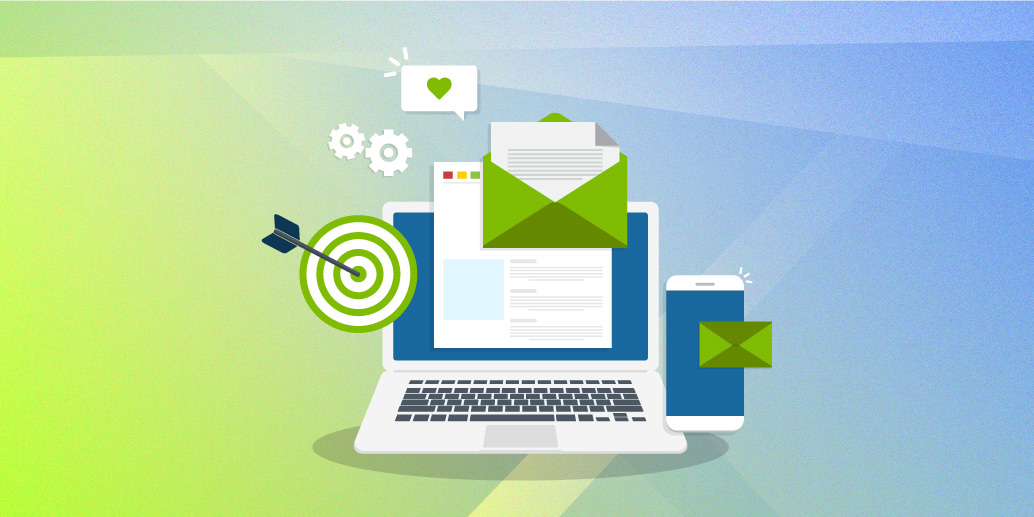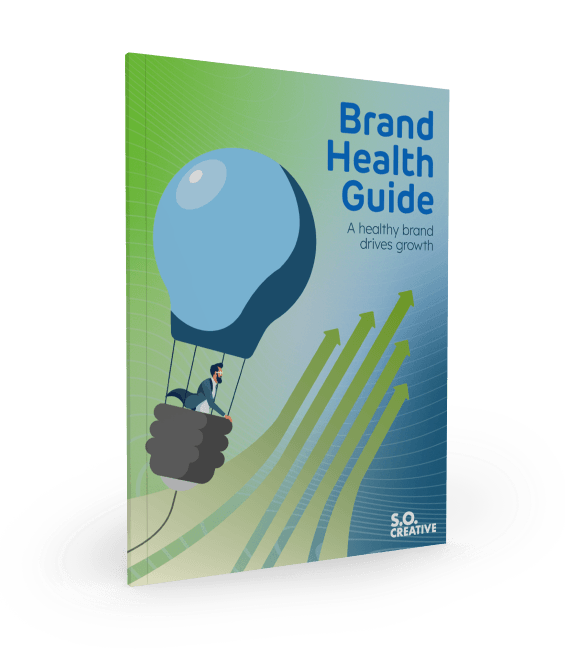In the world of digital everything, B2B email marketing strategies are an effective way to reach your B2B target audience.
Emails can help drive conversions and increase sales, ultimately leading to an increase in ROI.
And with 4 billion email users daily, this channel is important to your businesses success.
Let’s take a look at some of the best ways to achieve your marketing goals with email marketing:
Segmentation:
Segment your B2B email marketing list based on the personas you have created for your industries. You can also use other relevant criteria to more narrowly target within your audience.
Focusing heavily on psychographic segmentation is the most effective for B2B, whereas demographic segmentation is the most effective for B2C.
It’s important to tailor your content in a way that reaches and speaks to your target audience. Sending different emails to different segments ensures more targeted messaging.
Additionally, email marketers who segmented their target audience before sending out the email campaign generated an increase of up to 760% in revenue.
Personalization:
Be sure to use the available personalization options when crafting the email. Readers generally respond higher when their name is in the email and/or subject line because it comes across more friendly. In fact, 80% of target audiences do business with a brand that uses personalized email marketing.
Dynamic content is also a great way to further personalize emails based on the recipient’s preferences and interactions with your company and brand.
Automation:
Automation gives you the ability to build drip campaigns to nurture leads through the sales funnel in your CRM. These easily keep emails going out to your customers or leads. Be sure to set up and create triggered emails based on behavior, form submissions, or content downloads from your website.
Overall, automation improves B2B sales. And according to McKinsey, marketing is the largest business sector using automation.
Educational Content:
Content is king! And content with educational value and quality are the ones people most resonate with. Address the challenges and pain points of your B2B audience to gain the most viewership and interaction. Set your brand up as an authority in the industry by sharing case studies, white papers, blogs, articles and industry insights.
Responsive Design:
It is imperative to make sure your emails are mobile friendly. As of 2024, 92.3% of internet users access the web using a mobile phone. If what you send out doesn’t look right when busy potential customers are checking their phones, then your company and brand won’t look very professional or detail-oriented.
Clear Call-to-Action (CTA):
Clearly define the action you want your recipient to take. Whether it’s downloading a resource, scheduling a demo, contacting your business, or reading an article linked in the email, it’s important to have links and buttons throughout. Making it easy invites more interaction, and CTA shaped buttons generate 45% more clicks.
Some good CTA’s to add into your B2B marketing emails are:
- Let’s Talk!
- Get a free quote
- Schedule a consultation today
- Sign up for our e-newsletter
- Request a sample or demo
- Schedule a meeting
Lead Nurturing:
Develop and plan out a lead nurturing strategy to guide leads through the different stages in the buyer’s journey.
Providing relevant content at each stage in the journey will help to build trust and credibility with your leads. And tailoring content to each stage enables you to keep them engaged for the entire journey.
A study from Hubspot found that companies that nurture leads make 50% more sales at 33% less cost.
Testimonials and Case Studies:
Since 92% of consumers read online reviews and testimonials when considering a purchase (Vendasta), using testimonials and case studies will help your brand build credibility with your audience. This gives your leads and email recipients an opportunity to see these success stories front and center.
Data Analytics:
Most programs have data analytics to measure the performance of your email campaigns. This gives you the ability to track metrics such as open rates, click-through rates, and conversion rates to gain insights and better optimize future campaigns.
As a rule of thumb, a good click-through rate should be between 2-5%.
Personalized Follow-Ups:
These are very effective when done correctly, and the best number for follow up emails is between 2 to 3. It’s key to note that the first follow-up email is the most likely to get a response, up to 40% higher than the original email.
Based on recipient interactions, create and send the personalized follow-up emails that address specific concerns and/or provide additional information tailored to their needs. It’s also an opportunity to take the lead to the next step. You may offer to schedule a call or meeting to further them along the buyer’s journey.
Bonus Strategy: A/B Testing
Take time to experiment with different elements of your emails. Try out different subject lines, content, images, and CTAs, through A/B testing. You will be able to analyze the results to refine and improve your current and future email marketing strategies. Around 59% of all businesses perform A/B testing on their email campaigns.
Conclusion:
It’s important to remember that these strategies are all variables to help your company achieve the maximum effect for your time and effort. Remember that the effectiveness of these strategies may vary depending on your selected target audience, industry, and goals.
By regularly analyzing your approach, you will be able to adjust your tactics and strategies to align with the insights you uncover in your analytics.
Overall, these 10 B2B email marketing strategies will help your brand drive a higher number of conversions, bring in more leads, more sales, and ultimately increase your ROI.
Ready to Maximize Your ROI?
At S.O. CREATIVE, we specialize in brand development and integrated marketing communications for B2B industries. Let’s talk ideas that drive business! Connect with us today.

